Dive into the diverse world of art mediums, from traditional materials like oil paints and watercolors to modern digital art and mixed media. Understanding the unique properties and limitations of different mediums can help you make informed decisions when choosing a new hobby, taking an art class, starting a personal creative project, or pursuing a professional art career.
Evolution of art over time
When it comes to art mediums, you can broadly divide them into traditional mediums and modern mediums.
Traditional mediums, such as oil paint, charcoal, and watercolor, have a long history and cultural significance. On the other hand, modern mediums, such as digital art, photography, and 3D art, have developed or gained popularity in recent times, often in the last century.
While this is a broad division, it is not a strict perpetual categorization of various art forms. The dividing line between traditional and modern mediums is not fixed and can change over time.
Traditional art medium
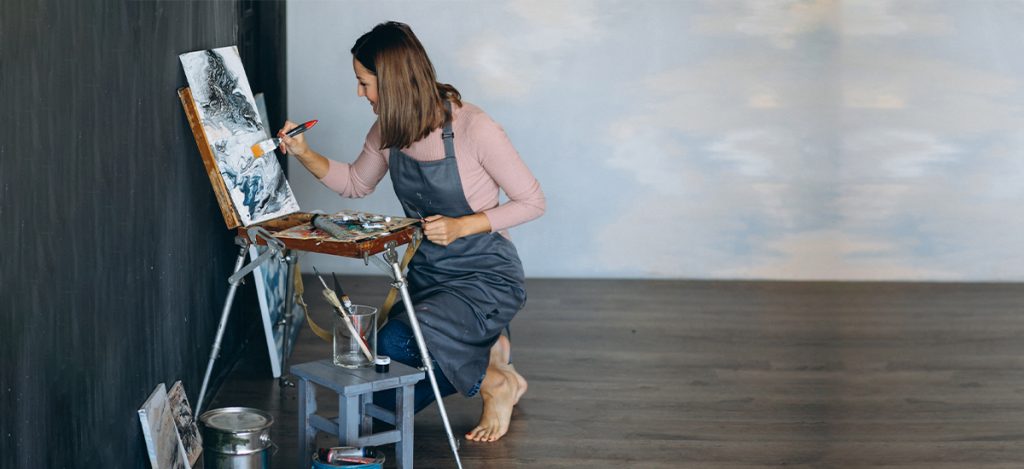
Traditional art mediums are often considered to be more authentic forms of creating art, and while they have remained relatively unchanged over time, certain advancements have been made to make them more accessible and adaptable to evolving needs. Examples include oil paint, charcoal, watercolor, fresco, tempera, and printmaking.
Take oil painting as an example. It has undergone significant changes over time. New synthetic solvents and mediums have made the pigments more stable. Artists can manipulate consistency and drying time, giving them more artistic freedom.
Similarly, watercolors have improved in pigments and portability, making them a more accessible medium.
Additionally, newer media have been developed, such as acrylic paints, which combine the best qualities of tempera and oil painting. Fast-drying and water-based acrylic gives artists greater control over consistency and makes it simple to mix colors. It became a popular alternative to oil paints in the mid-20th century.
Modern and digital art mediums
These mediums include digital art, photography, and other contemporary art forms. They often utilize new technologies and techniques.
Since the invention of the camera in the 19th century, the medium has consistently created new artists. The technological advancements led to exponential growth in its adoption.
This medium allows artists to capture, manipulate, and preserve light as images. Photography can create both realistic and abstract art. The medium allows for a wide range of creative possibilities, from traditional black-and-white photography to digital manipulation and abstract compositions.
Technology has also given rise to digital art created by using various tools, such as computer software. It offers a range of possibilities for creating and manipulating images. It includes using digital or virtual art tools like brushes and paint to create art and perform image manipulation.
Modern hardware like 3D printers has also given way to a new art form of 3D sculpting. It uses 3D printing to create physical objects from digital models rendered on software. Contemporary artists have created highly detailed and complex art installations and sculptures using modern methods. It would have been challenging to achieve using traditional techniques.
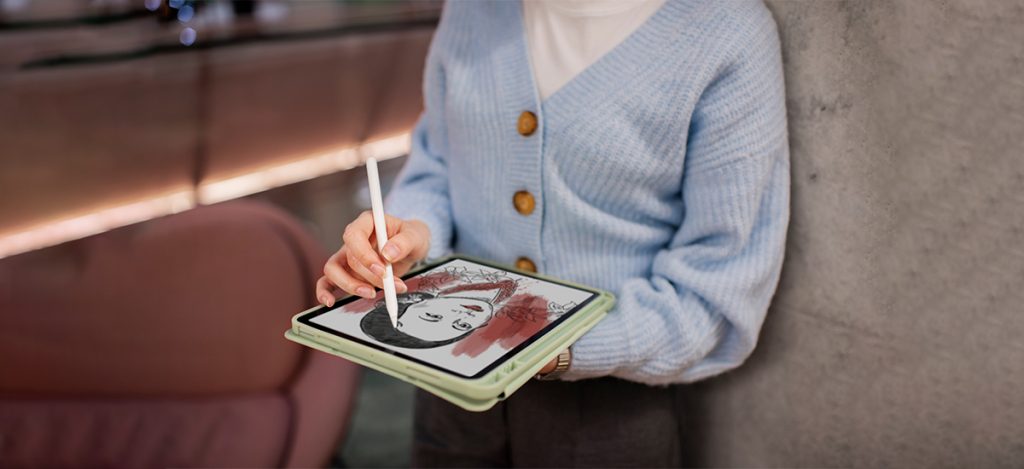
Choosing an art medium
As a creative learner, artist, or art enthusiast, you have a wide range of options available to you to pursue your creativity. Whether you prefer to learn on your own or take art classes, you can choose the medium that best suits your needs and start creating your own art. You can consider a painting class, pick up charcoal art, or take up photography and digital art. The options can be overwhelming, but understanding the different mediums and their unique properties, characteristics, and limitations can help. Here are a few factors you may consider.
Subject matter and Final result
The subject matter is a factor to consider for selecting the medium used to capture it. For example, oil painting can also help you with realistic imagery and high levels of detail. If your goal is to depict the ephemeral nature of your subject, watercolor may be the more suitable medium.
Technical inclination
Think about the technical skills you are comfortable learning and using. As a beginner, you may want to start with a more forgiving medium and work your way up. You can begin with acrylic or tempera paint and then go on to oil painting and watercolors.
Environment
The environment you are comfortable or willing to work in is another factor. Pursuing photography may require you to venture outside and explore new locations. Having sufficient space to work at home can allow one to choose an elaborate painting medium, like an oil painting on canvas which might be inconvenient to pursue otherwise. Art and craft classes like painting classes can help in this regard.
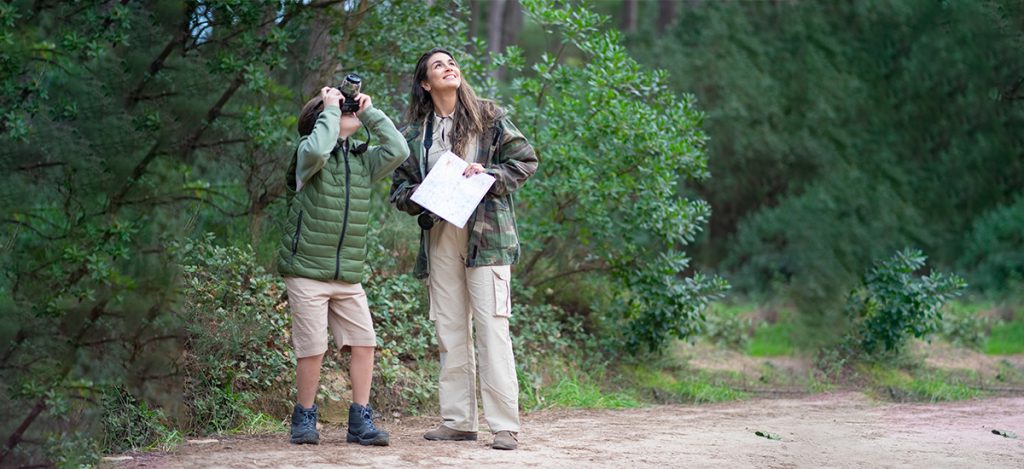
Budget
The pursuit of art can be either an occasional indulgence or a regular activity or hobby. The cost of the medium and materials can be a factor to consider.
Portability
A medium that is more lightweight and easy to transport, such as a pencil (for sketching), watercolors, camera, or tablet (digital art), can be convenient for many who travel often.
Personal preference
Despite limitations and challenges, personal preference is often the deciding factor in the choice of art medium.
Taking up multiple art mediums
Taking up multiple mediums can open up more creative possibilities and inspirations.
For example, a painter may also be a photographer. They can use photography as a reference for painting and the other way around. Use one art to study composition, color, and light to produce improved works in the other form.
Working multiple mediums can diversify the portfolio of artists, their audiences, and markets. A painter who is also a digital artist may have more opportunities for exhibiting and selling their work than a standalone artist.
Mixed media
Working with multiple mediums can also open up newer opportunities. You may create mixed media art. You can use combinations of paint, photography, collage, and digital techniques and create mixed-media artwork.
Want to expose yourself to different and unique art forms or take up a traditional art pursuit? Look no further. Check out the art classes available on PursueIt. Experienced and passionate instructors lead the classes.
Art classes in Dubai are available for a range of abilities and styles. Make the best out of your interests.
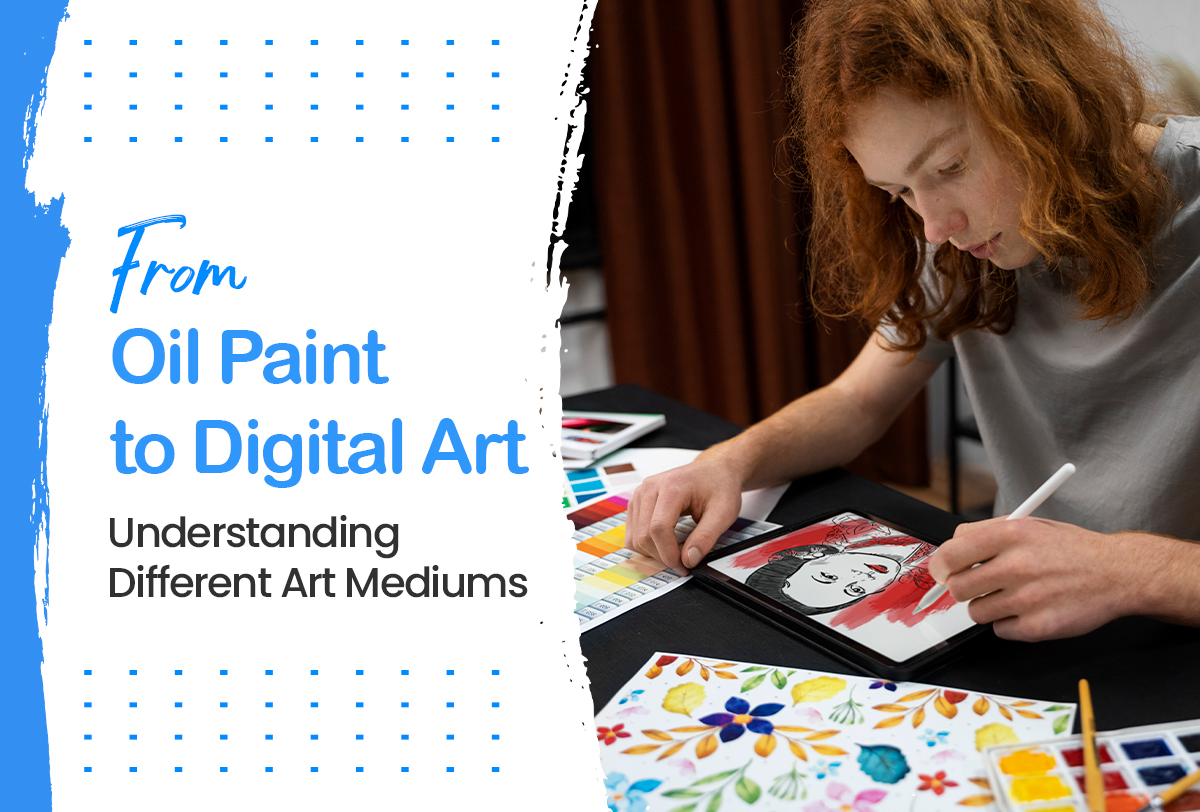

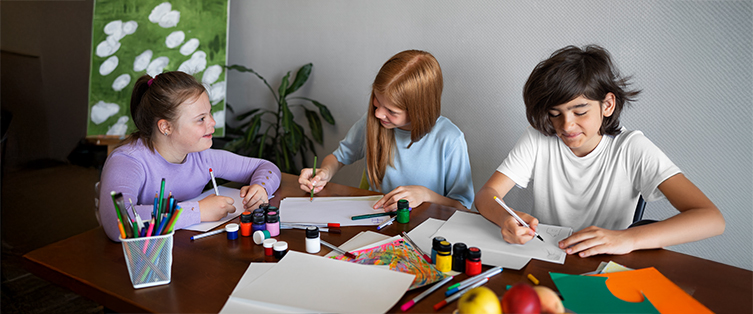
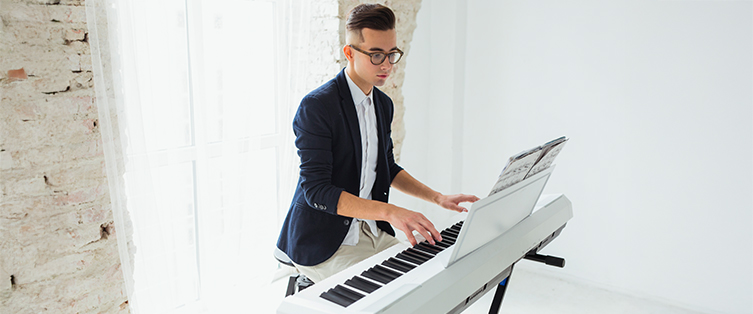
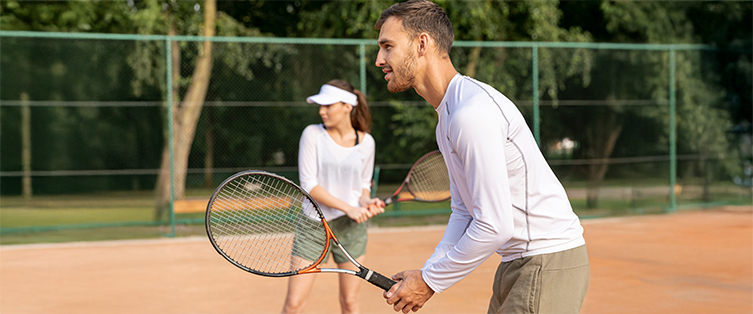
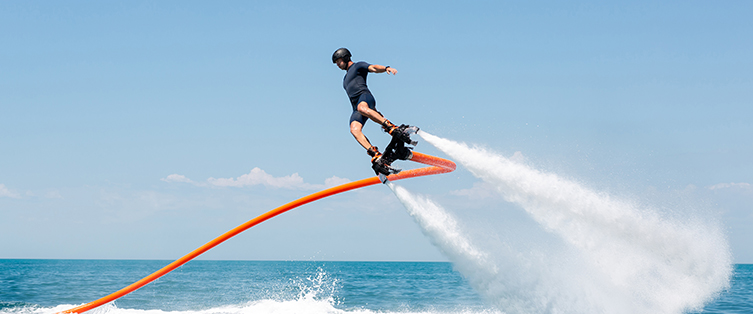
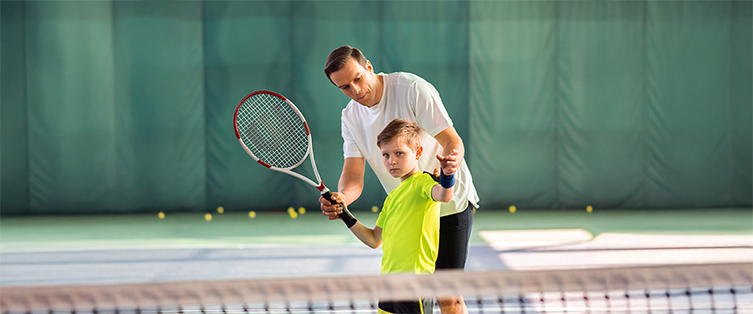
Leave a Reply